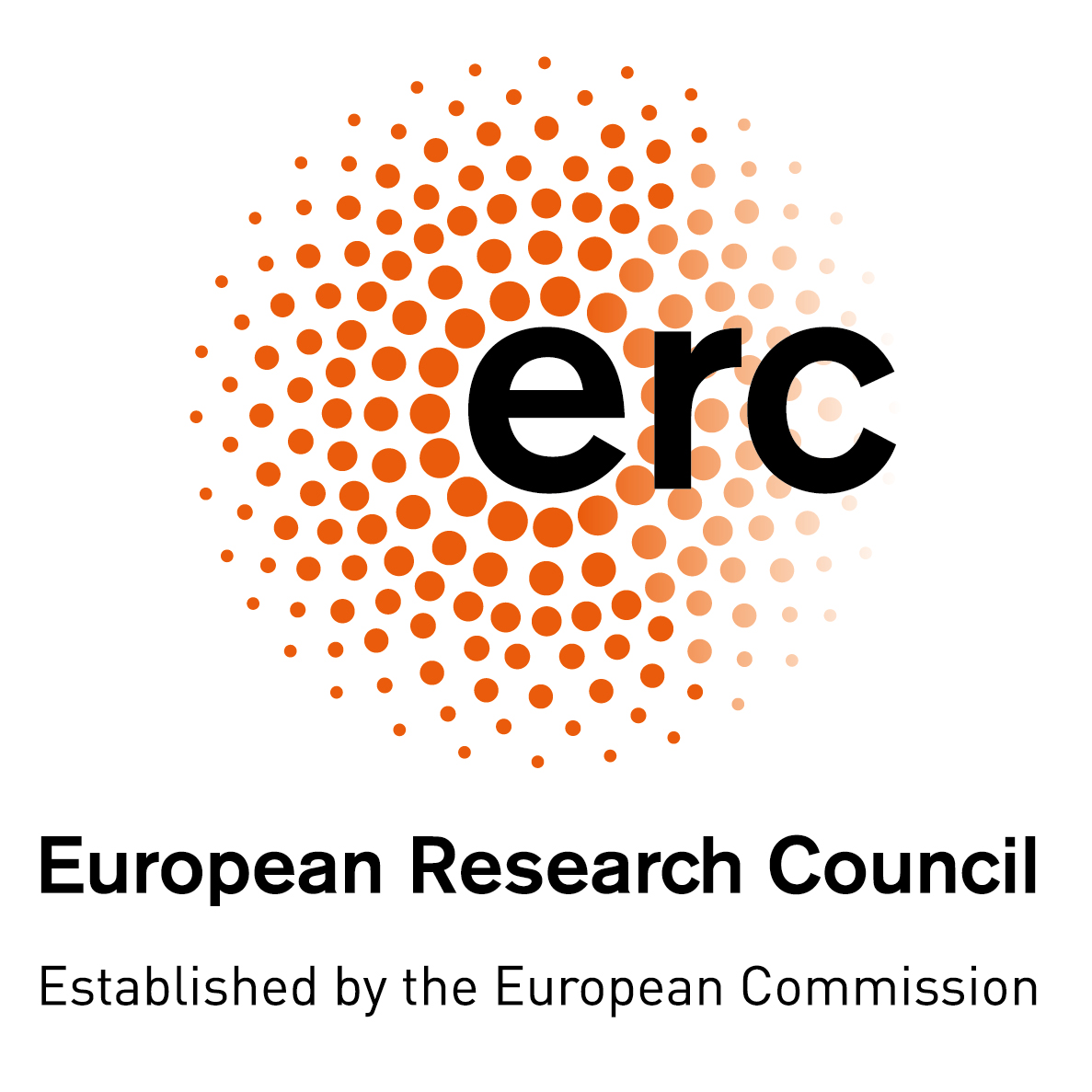

-
Natural sciences
- Catalysis
This proposal aims to get track of time for all events taking place when guest molecules are sent over a crystal particle of a nanoporous material, as is occurring during catalysis, separation, sensing.
The observation: When a feed of molecules is sent over a crystalline nanoporous framework following events take place: first the molecules need to enter the crystal, then travel through the material to find interesting sites where they adsorb/desorb or react and eventually products leave the crystal. All these events are characterized by vastly different time- and length scales varying from the picosecond to the second/hours and the nano- to micrometre. Length and time phenomena are entangled - the dynamics is altered by modifications at the length scale - leading to spatiotemporal phenomena.
The gap of knowledge: We have insufficient knowledge on characteristic time scales of all these events and consequently can not use the time axis as a control parameter to steer the functionality of nanoporous materials.
The hypothesis: By coupling Machine Learning Potentials, reaction path discovery with advanced kinetic theories, it is possible to obtain kinetic and time information for all events taking place at the crystal particle from the nano- to the mesoscale with quantum mechanical accuracy. This contrasts sharply with current practice where only local events at the nanoscale are modelled with interatomic forces having quantum accuracy.
The grand challenge: Building consistent kinetics models for events – reaction, diffusion, adsorption – with disparate time scales, thereby reconciling the dynamics of local and non-local events.
The mission: Setting up integrated reaction diffusion models based on underlying characteristic times/kinetics obtained with quantum accuracy.
The outcome: Spatiotemporal control over nanoporous materials used in catalysis, separation, sorption, sensing.
It’s TIME to obtain a time perspective on functional nanoporous materials.